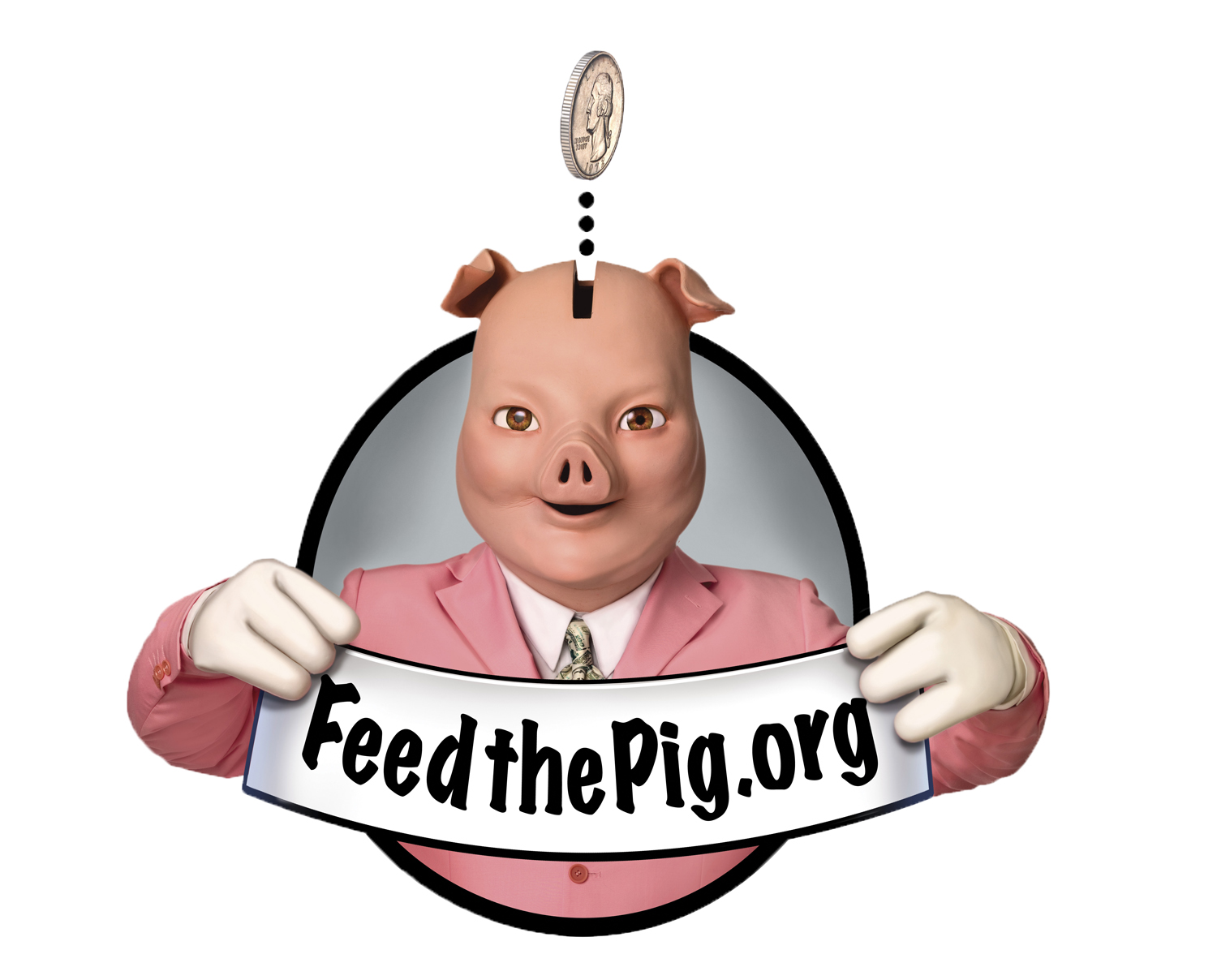Benefits
Millennials Saving More, But Admit To Frequent Impulse Spending
Over half (55 percent) of the young adults surveyed admitted that they were impulse shoppers, defined as making an unplanned purchase of $30 or more on a daily or weekly basis. Impulse buyers are more likely than those who never or rarely make an ...
Mar. 28, 2016

One in three millennials (34 percent) rank saving money as their number one goal for the year, according to a new survey from the American Institute of Certified Public Accountants (AICPA) and the Ad Council.
That puts saving ahead of living a healthy lifestyle (which 20 percent selected first), paying off debt (19 percent), and losing weight (14 percent). But while saving was a top priority, a majority of millennials attributed their lack of saving to impulse buying (65 percent).
For older millennials, those born between the early 1980’s and early 1990’s, saving is crucial as they work towards major milestones in their lives. When asked what they were saving money towards, respondents sought to secure their future by saving for an emergency fund (40 percent), saving for retirement (22 percent) or starting a family (15 percent). They also reported saving for larger purchases like a vacation (36 percent), a new house (27 percent), a car (26 percent), home improvements (20 percent), or a wedding (8 percent). To provide Americans aged 25 to 34 with the tips and tools to take control of their personal finances, AICPA and the Ad Council’s national advertising campaign, Feed the Pig, is continuing to collaborate with new partners to deliver this critical content in a relevant and engaging way.
“Many young adults think saving is impossible,” said Gregory Anton, CPA, CGMA, chair of the AICPA’s National CPA Financial Literacy Commission. “While low salaries and high debt levels can certainly be barriers to saving, the key is to create a budget and stick to it. Establishing a disciplined saving strategy early in life and avoiding missteps will reap substantial long-term dividends.”
In addition to impulse buying and lack of budgeting, an overwhelming majority of young adults say that their current salary (84 percent), having too many bills (81 percent), paying down debt (79 percent) and not establishing a personal budget (62 percent) are impediments to saving more. Regardless of the reason, almost half (44 percent) of those surveyed did not pay their full credit card balance each month or borrowed money from friends or family. Forty-one percent had less than $100 in their checking account, thirty percent paid a late or overdraft fee, and twenty-three percent missed a bill payment.
Over half (55 percent) of the young adults surveyed admitted that they were impulse shoppers, defined as making an unplanned purchase of $30 or more on a daily or weekly basis. Impulse buyers are more likely than those who never or rarely make an impulse purchase to have carried a balance on their credit card (45 percent vs. 35 percent) and have paid a late or overdraft fee (31 percent vs. 21 percent).
The Internet is viewed as a positive by millennials as an overwhelming majority (92 percent) agree that it has made it easier to get the best deal and eighty-eight percent agree that they comparison shop for the lowest price before making a purchase. However, approximately one in four (28 percent) have seen a big ticket item they purchased for a lower price than they paid in the past year – underscoring the importance of being diligent when shopping for big ticket purchases.
To further address the spending and savings habits of millennials, the Feed the Pig campaign from the AICPA and the Ad Council has collaborated with a number of partners to create new content to educate young adults about the important of saving. The campaign recently partnered with the Facebook Creative Shop on the production and distribution of three original videos, as well as a series of still images, that were promoted via carousel and linked page ads. The ads targeted millennials and aimed to increase awareness of the importance of saving for the future by driving to the campaign website. The campaign garnered a reach of nearly 14 million, the videos were viewed more than 4.7 million times and the effort drove 189,000 unique clicks to the campaign website.
Games for Change, a nonprofit that facilitates the creation and distribution of games that promote social impact. The Feed the Pig Game Design Challenge will award a prize of $10,000 for a digital game concept that engages young Americans to think differently about saving. IFTTT, an integration tool that uses social media to create automated posts that help consumers curb their impulse purchases and stick to their savings goals. Upworthy, a storytelling platform with stories highlighting key topics including credit cards, taxes and saving for retirement. Content marketing company Truffle Pig on recently launched channels on Snapchat and Instagram.
“The good news is that millennials are internalizing the message that saving is important, but they still need help creating habits that stick,” said Ad Council president and CEO Lisa Sherman. “We’re excited to collaborate with partners like Facebook and Games for Change to create new tools and content that will help make saving easier and more accessible for millennials.”
The Feed the Pig website offers a range of interactive tools including calculators, podcasts and free subscriptions to weekly saving tips via email and text message to help foster positive saving habits.
To date, the Feed the Pig campaign has received more than $382 million in donated media through the Ad Council’s model. The CPA profession launched a unified financial literacy initiative, 360 Degrees of Financial Literacy, twelve years ago. The effort brought together the AICPA, state CPA societies, and individual CPAs to address financial illiteracy. To learn more, visit FeedthePig or 360finlit.
